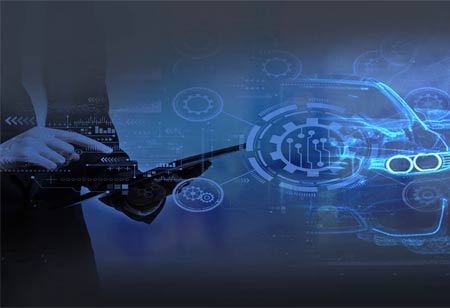The electricity vehicle industry must better adopt sustainability practices to suit ongoing governmental regulations, consumer demands, and production practices.
FREMONT, CA: The emerging trends in electronic vehicle (EV) production and infrastructure is important to the growing population of vehicle ownership and increasing urban expansion. Sustainability concerns like increased emissions, congestion, and safety constitute major challenges EV dealerships and manufacturers face.
Research shows that EV produce 80 percent more emissions than traditional vehicles. In EV production, materials and production processes are the major sources of emissions.
The EV industry needs to produce more sustainable designs and components to optimize its presence in the market. Manufacturers and marketers must consider sustainability trends and consumer expectations while investing in EV.
Regulations: Global regulations seek to encourage sustainable vehicle production and operation by setting emission targets. Governments encourage sustainable EV designs by offering subsidies and emission-reduction practices that align with their climate, energy, and taxation policies. City regulations are changing their access regulations to reduce congestion, encourage public transportation systems, and mandate low emissions vehicles.
Consumer behavior: Consumer behavior is largely shifting from private ownership of vehicles to public transportation and greener alternative. Sustainability awareness is driving more consumers towards alternative and sustainable mobility modes. Consumers prefer shared mobility and public transportation options to reduce emissions.
Technology: The emerging technology industry is increasing its investments to expand its capabilities and industrial use cases. The EV industry can benefit from new and improved technologies to streamline its product offerings and manufacture EV using sustainable processes and product compositions. Automotive industries are developing electric, connected, autonomous, and shared mobility applications. The EV supply chain can benefit sustainably if the entire production process, manufacturers, dealers, providers, and battery producers integrate upcoming solutions.
Electrification: The automotive components industry will change due to alternative energy like electricity. Research shows that electricity-operated EV components like batteries and electric drives and autonomous driving technology like light detection and ranging (LiDAR) and radar sensors will expand to 52 percent of the total market size by 2030. Traditional vehicular components like transmissions, engines, and fuel injection systems will decline as the market shifts to electricity-run components. Market shifts to EV industries require traditional vehicular components manufacturers to adopt electrification.

 Copyright © 2025 AutoTech Outlook. All Rights Reserved | Privacy Policy | Subscribe | Sitemap | About us | Feedback Policy | Editorial Policy
Copyright © 2025 AutoTech Outlook. All Rights Reserved | Privacy Policy | Subscribe | Sitemap | About us | Feedback Policy | Editorial Policy